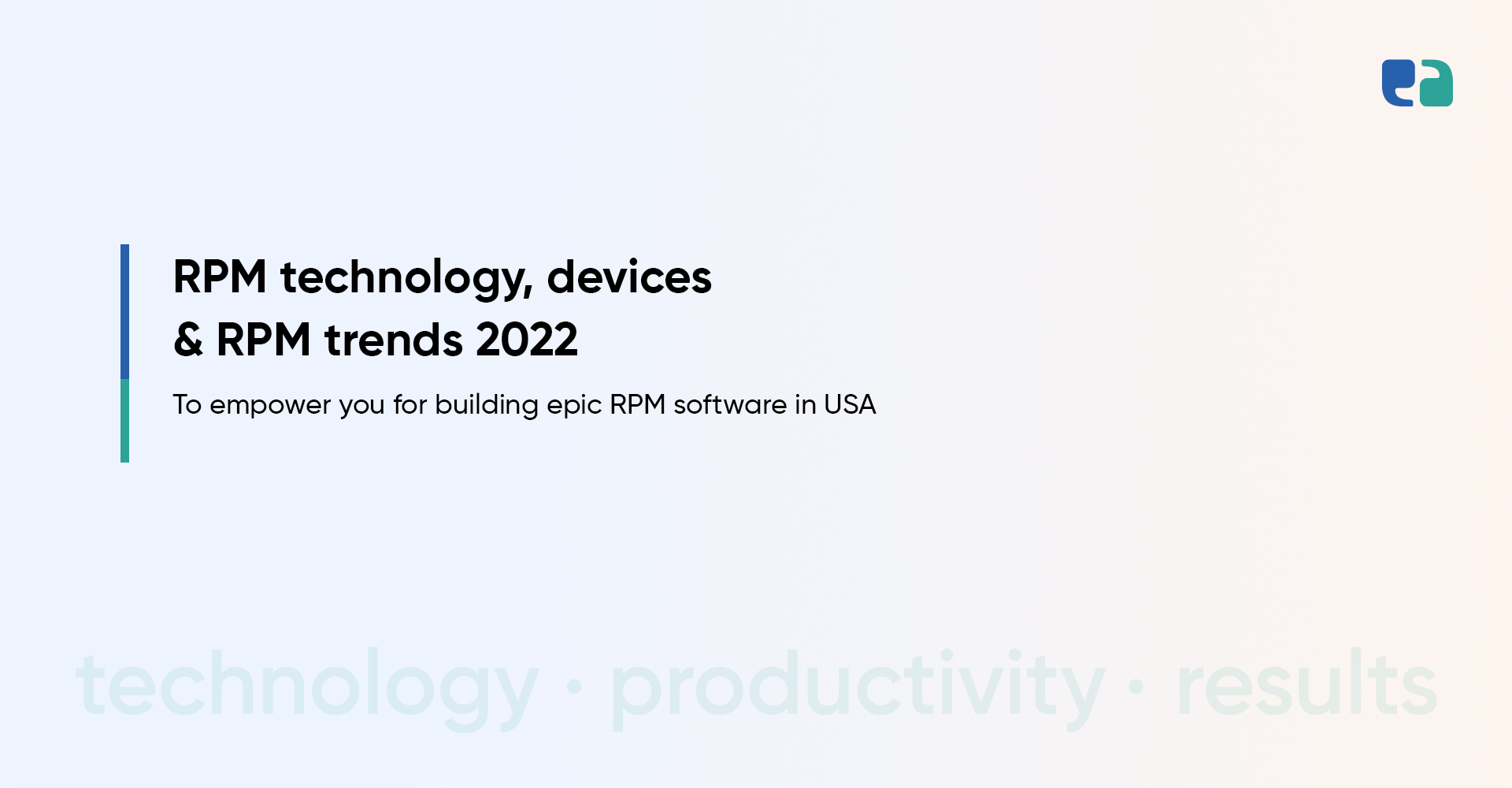The healthcare world is changing fast, and chiropractors are under pressure to keep up.
Today, around 73% of patients expect personalized care, simple booking, and reminders.
But economic pressures are high—43% of patients delayed healthcare last year due to costs.
This can hit patient volume and revenue hard.
Then there’s the staffing issue.
About 45% of clinics struggle to fill roles, leaving chiropractors stretched thin.
That’s where chiropractic software steps in.
It automates routine tasks, streamlines workflows, and helps engage patients.
The result?
Higher-quality care, a smoother practice, and better profitability.
Pain Points in Chiropractic Practices: Why Software is Essential
Chiropractic Software Solutions: How Technology Can Transform Your Practice
1. Patient Scheduling and Appointment Management
- Online booking portals allow 24/7 appointment scheduling.
- Increases patient satisfaction and reduces staff workload.
- Automated reminders cut down no-shows by up to 30%.
- Waitlist management helps fill cancellations efficiently.
2. Enhancing Diagnostic Accuracy with Automated Imaging
- Digital imaging systems provide clearer, more accurate images.
- AI detects subtle abnormalities that human eyes might miss.
- Early detection enables timely interventions.
- Visualization tools (e.g., 3D images) educate patients on their conditions.
3. Automating Treatment Planning and Documentation
- AI generates personalized treatment plans from patient data.
- Electronic Health Records (EHRs) eliminate paper charts and reduce errors.
- Voice recognition software allows easy dictation of notes.
4. Leveraging AI for Personalized Care
- AI analyzes patient data for informed treatment decisions.
- Predictive analytics identify potential risks and track disease progression.
- AI-powered wearables offer real-time feedback on patient progress.
5. Automating Billing and Insurance Claims Processing
- Integrated systems streamline billing and reduce errors.
- Real-time insurance verification prevents claim denials.
- AI maps procedures to correct billing codes for accurate claims.
- Electronic claims submission speeds up reimbursements.
6. Improving Communication and Patient Engagement
- Automated reminders keep patients informed and engaged.
- Chatbots provide instant support for simple inquiries.
- Automated progress reports enhance patient understanding and adherence.

Consider These Features When Developing Chiropractic Software
Chatbots: Transforming Chiropractic Care
Chatbots are revolutionizing chiropractic practices by:
- 24/7 Patient Access: Patients can get information and support anytime.
- Automating Tasks: Schedule appointments and send reminders, freeing up staff for complex work.
- Health Advice: Provide evidence-based information, empowering patients to manage their health.
- Symptom Tracking: Monitor progress and identify issues early for timely interventions.
Real-World Examples
Many healthcare providers are already using chatbots effectively.
For instance, Smartbot360 allows patients to schedule appointments and get automated reminders.
The World Health Organization’s HealthBuddy chatbot offers information on various health conditions and helps patients track their symptoms.
How to Get Chiropractic Software Built for Your Practice
Getting the right chiropractic software is super important for running a smooth practice. Custom software can give you the edge you need. Here’s how to go about it:
Work with a Specialized Healthcare IT Provider
1. Expertise Matters
These providers understand chiropractic needs. They know about HIPAA rules, billing codes, and best practices. They can turn your ideas into a working software solution.
2. Customization is Key
Custom software means you get exactly what you need. You can pick the features that matter most to your practice. Unlike off-the-shelf solutions, there’s no wasted space on unnecessary tools.
3. Scalability
As your practice grows, so should your software. A good provider will design software that can expand with you, saving you headaches down the line.
4. Easy Integration
Custom solutions can work with your current systems, like imaging tools and billing platforms. This keeps everything running smoothly and makes sure your data stays consistent.
5. Support and Maintenance
You’ll get ongoing help from your provider. They’ll handle updates and fix issues quickly, letting you focus on what you do best—taking care of your patients.
Why Choose Custom Software?
1. Unique Needs
Every chiropractic practice is different.
Custom software can be tailored to your specific workflows and patient needs.
If you focus on a special technique or demographic, your software can reflect that.
2. Competitive Edge
Stand out from the crowd!
Custom software can provide unique features that enhance patient satisfaction and boost efficiency.
3. Long-Term Value
While it may cost more upfront, custom software offers better value over time.
You own it, and you can adapt it as your practice evolves. It’s an investment in your future success.
The 6D Process for Custom Chiropractic Software Development
The journey of chiropractic software development follows a structured 6D process, ensuring clarity and efficiency throughout. Here’s how it unfolds:
1. Discussion
The process starts with initial discussions to gather your ideas and requirements.
Through calls and meetings, key details are explored, culminating in a tailored proposal delivered within 2 days.
2. Discovery
Once the project kicks off, a deeper discovery phase occurs.
This involves gathering comprehensive insights about your needs, assembling a dedicated team of experts, and preparing a detailed workflow based on the information shared.
3. Designing
The UI team then creates mock-ups that bring your vision to life.
After your review and final approval, the design elements are fully developed, ensuring they meet your specifications.
4. Development
During development, the concept is transformed into a functional software solution.
Developers use clean coding practices while integration and compliance specialists ensure adherence to relevant standards and regulations.
5. Demo & QA
Quality assurance is paramount in this stage. The software undergoes thorough testing to verify that all processes are implemented correctly.
A pilot launch is conducted to gather feedback, followed by training sessions to prepare you for using the app.
6. Delivery
Finally, the software is launched.
Continuous support is provided post-launch, including enhancements, bug fixes, and ongoing development to ensure the software evolves with your practice needs.




